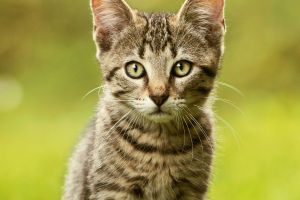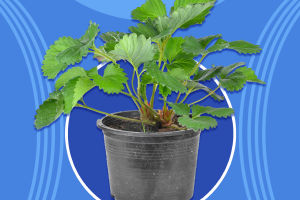The hummingbird holds the title of being the smallest bird in the world, a fact that may astonish many. Can you imagine? On average, a hummingbird weighs merely two grams, and its body length measures less than six centimeters.
To put things into perspective, even a coin, which is considered light, exceeds the weight of a hummingbird. Such a comparison emphasizes just how minuscule these fascinating creatures truly are.
Hummingbirds are renowned as the tiniest avian species globally, characterized not only by their diminutive size but also by their remarkable ability to hover in mid-air through rapid flapping motions.
In fact, they are the only birds capable of flying backward. These endearing traits, coupled with their astonishing flying agility and speed, have earned them the well-deserved nicknames of "Goddess of the Forest."
One of the distinguishing features of hummingbirds is their vibrant plumage, which often glistens with brilliant hues. Their feathers showcase an array of striking colors such as green, red, blue, and gold, creating a dazzling spectacle when illuminated by sunlight.
This striking plumage has made hummingbirds popular subjects for photography and enchanting additions to gardens and parks, where they serve as captivating ornamental birds.
Similar to other avian species, hummingbirds possess a relatively underdeveloped olfactory system and primarily rely on their keen sense of vision.
However, what sets them apart from most vertebrates is their sensitivity to ultraviolet (UV) light within the 325-360 nanometer range. This adaptation allows them to detect floral sources that emit UV spectra, aiding them in locating nectar-rich flowers.
Hummingbirds derive approximately 90 percent of their nutrition from nectar, with the remaining portion consisting of arthropods like flies, wasps, spiders, beetles, and ants. Their elongated and slender beaks are ideally suited for sipping nectar from flowers. They primarily pollinate vibrant, odorless flowers with long tubular corollas.
The shape of a hummingbird's beak determines the types of flowers it can feed on. Due to their high basal metabolic rate, hummingbirds can consume nectar equivalent to their own body weight in a single day, fueling their energetic lifestyles.
The reproductive behavior of hummingbirds is equally fascinating. Male hummingbirds engage in elaborate aerial displays and dances to capture the attention of females. Once a female is enticed, she constructs a small nest on a branch, where she proceeds to lay two tiny eggs.
Incubation duties fall upon the female, lasting typically for two to three weeks. After hatching, the fragile chicks rely on their mother's devoted care and feeding. The mother chews nectar and insects into small pellets, which she delicately feeds to her offspring using her beak.
With time, the chicks grow stronger and learn to fly. They follow their mother's lead, acquiring vital skills in foraging and mastering the art of flight. Once the young hummingbirds become self-sufficient flyers, they venture out of the nest, ready to embark on their independent lives.
Hummingbirds play a pivotal role in the ecosystem as crucial pollinators, facilitating the reproduction and proliferation of various plant species. Additionally, by controlling populations of insects and spiders, hummingbirds contribute significantly to maintaining ecological balance.
Nevertheless, these enchanting creatures face numerous threats and challenges. Habitat destruction, climate change, and the use of chemical pesticides pose significant risks to their survival. Consequently, the conservation of hummingbirds and their habitats becomes paramount.
Many regions have implemented measures to protect hummingbirds, including the establishment of protected areas, educational initiatives, and restrictions on pesticide usage. Alternatively, individuals can contribute by attracting hummingbirds to their gardens through the cultivation of suitable flowers and the provision of nectar and water sources.


